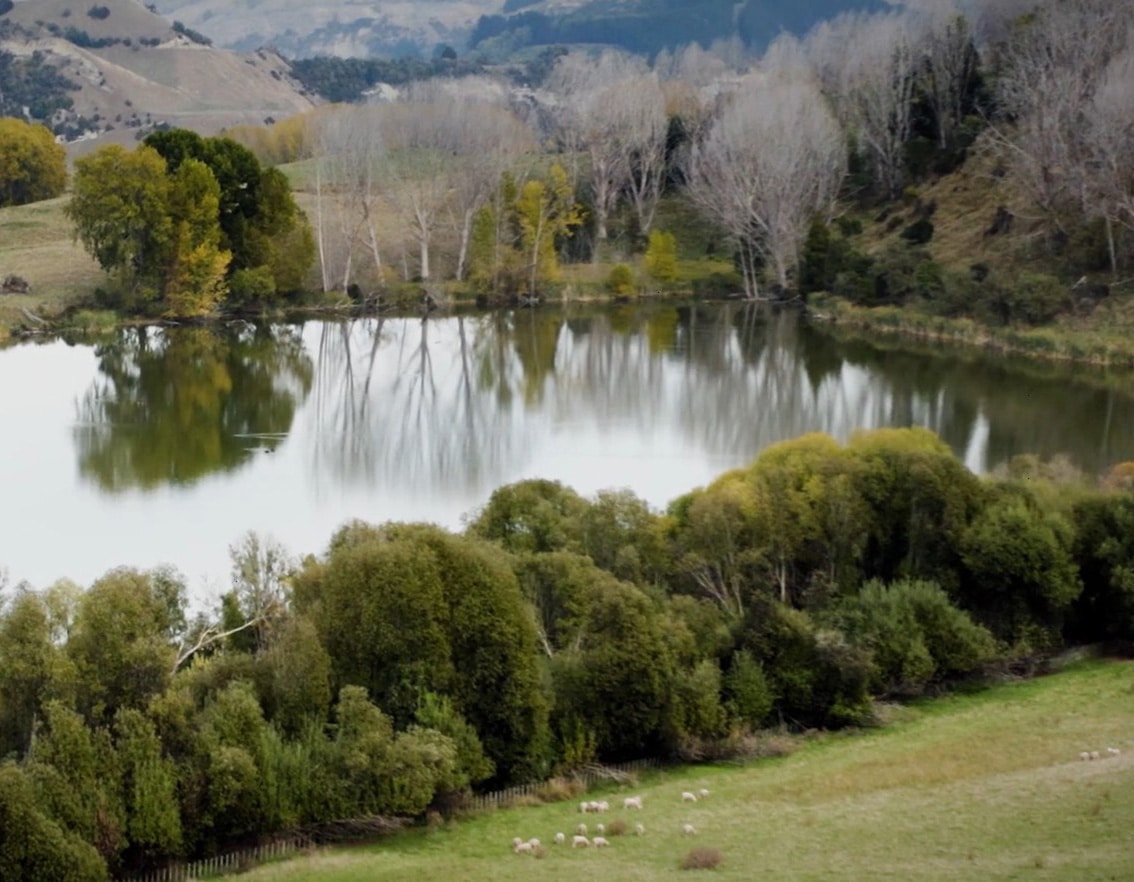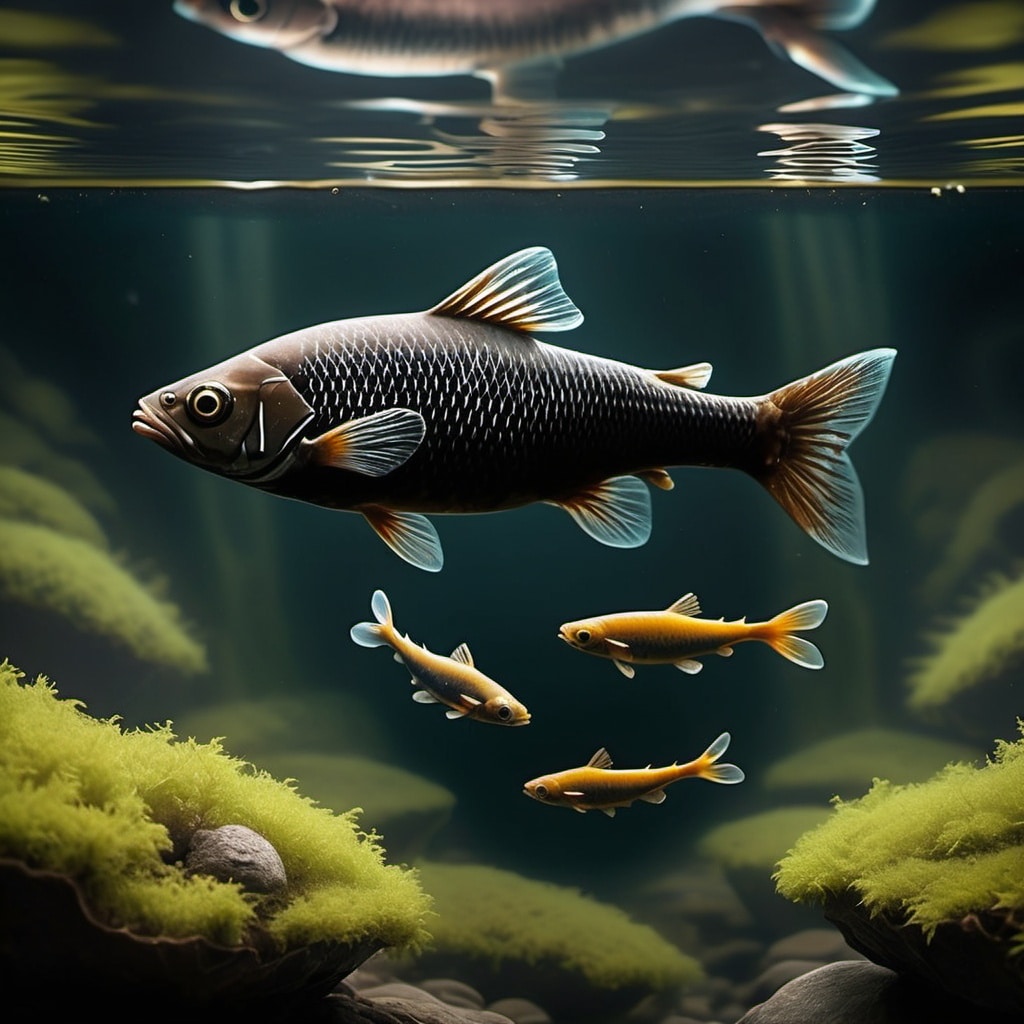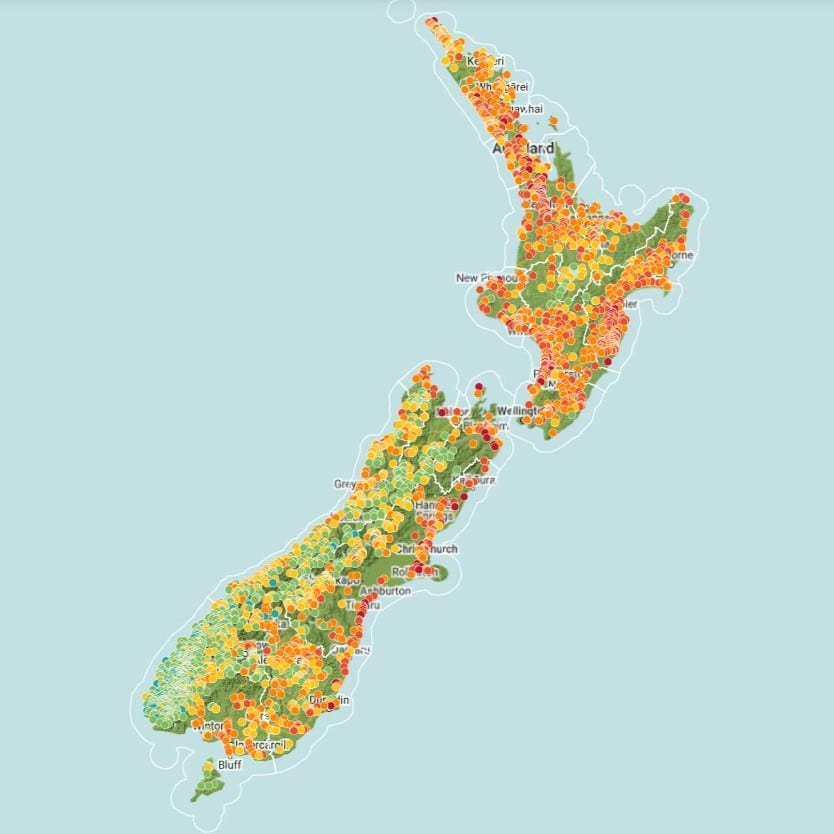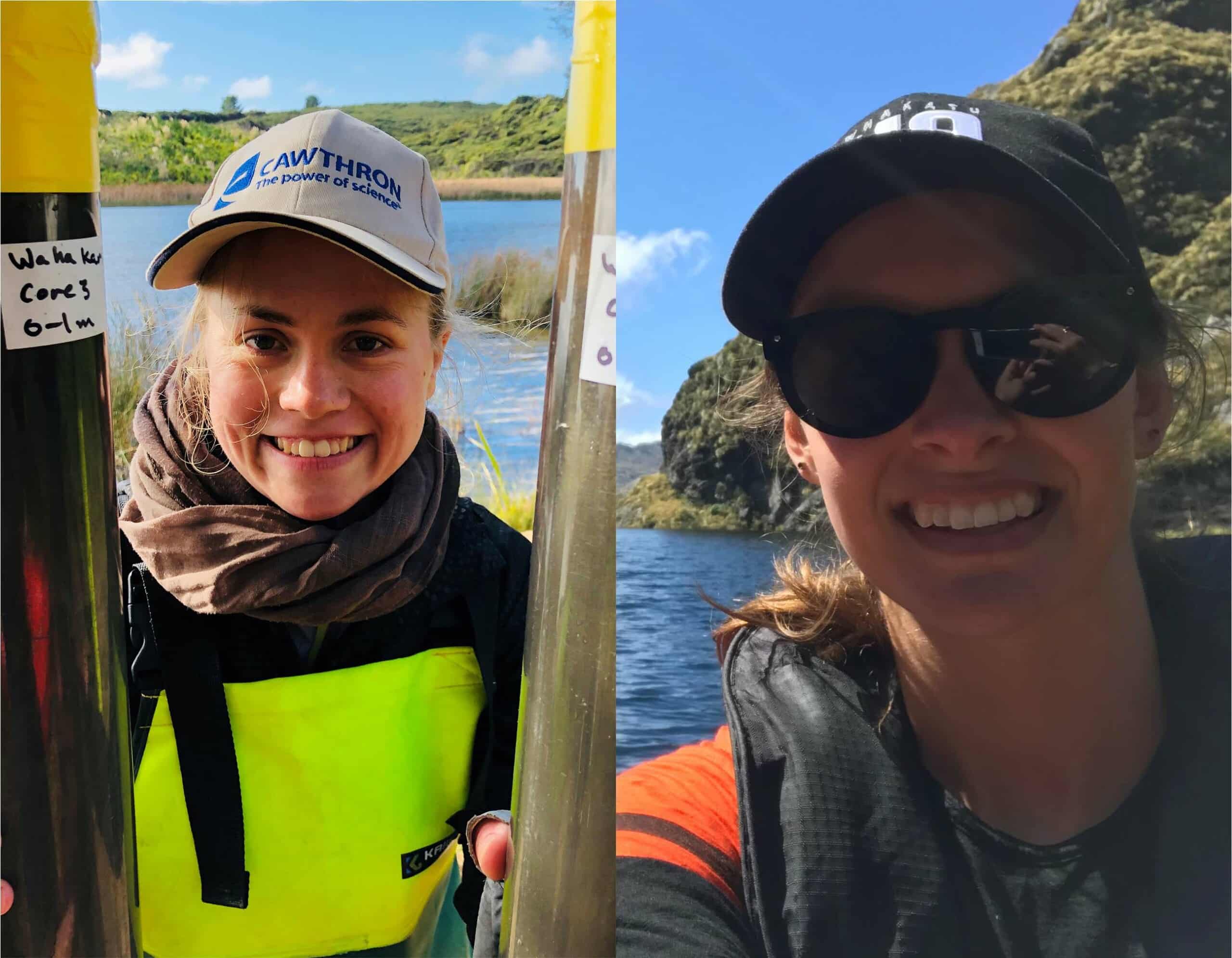, , , , , et al. (2022). Using palaeolimnology to guide rehabilitation of a culturally significant lake in New Zealand. Aquatic Conservation: Marine and Freshwater Ecosystems, 32(6), 931–950. https://doi.org/10.1002/aqc.3808
Abstract
- Lakes are becoming degraded at an accelerating rate owing to human activity, and understanding their past ecology is necessary for lake management and rehabilitation. Palaeolimnology provides numerous methods that enable the historical state of lakes to be determined. New Zealand provides an ideal setting in which to do this as human modification of the landscape occurred later here than in most regions of the world (approx. 1300 CE).
- Lake Oporoa is a shallow lake that is highly significant to the local indigenous Māori community. This study used multiple proxy palaeolimnology to explore how lake ecology shifted following Māori and European settlement in the catchment, and how palaeolimnological data can be used to inform lake rehabilitation and conservation measures, alongside the desires of the indigenous community. Sedimentary pollen, diatoms, bacterial communities, and elemental and hyperspectral imaging scanning were used to infer ecological changes in the lake and catchment from pre-human times to present.
- Following Māori settlement (approx. 1620 CE) there was gradual vegetation change and a rapid shift in diatom and bacterial assemblages, but not in phytoplankton pigments or sediment geochemistry. An increasing abundance of diatom taxa Discostella stelligera and Staurosirella cf. ovata indicates early nutrient enrichment. European pastoralism from approximately 1840 CE resulted in further deforestation, and all proxies show evidence for enhanced primary productivity driven by a combination of nutrient enrichment and changing lake levels, particularly since the 1960s. This has caused degradation in water quality and is likely to have contributed to the decline in populations of tuna (eel, Anguilla spp.).
- Conversations with local Māori, together with the palaeolimnological results, indicate that a culturally acceptable and realistic rehabilitation target for Lake Oporoa aligns with ecological conditions in the 1950s. The palaeoecological data provide information to guide catchment and lake revegetation and other methods of nutrient abatement, with the eventual aim of restoring culturally important tuna and native fish populations.




